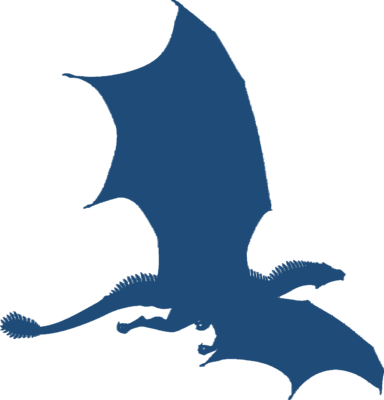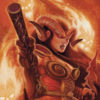The warlock is a person touched by the spirits, marked by the wild ones. It was often thought that they had some part of their heart eaten by one of the spirits of the night, and thus their conduct and even their singing changed. They were not originally seen as evil people, but they were not well trusted in general because their behaviour could in a sense be called “mad.”
Witches might have met with warlocks when there was a dire need. The three weird sisters in Shakespeare’s work were more likely warlocks than witches, if they were human at all. And similar sisterhoods have existed in other cultures, the Strgoi of Greece, the Maenads also of Greece. In Arab countries, they were also called ghouls from their habit of taking up residence in the necropolis.
And often in threes? Oh, indeed. They did form small groups, lodges of a sort.
The suspicion of the ghouls eating the bodies of the dead likely came from the fact that they did their hunting in or around the necropolis so there would have been the suspicion that they got that meat from a dead human body. They did have the practice of eating the offerings left for the dead though, and taking the grave clothes.
Warlocks were identifiable as such perhaps primarily by their “fits.” Whereas a witch might sink into a trance in order to open their awareness to nature and the gods and receive guidance, the veil for a warlock was torn, and the warlock would often fall into speaking with or channelling a spirit involuntarily.
Warlocks intentions for their habits were not unholy necessarily. Why they lived as they did, as extreme as it might seem, had two reasons. Their fits or involuntary trances which made their people often fearful of them, they seemed “possessed” and were often called fey touched.
Epilepsy? Yes. It very likely was epilepsy or something else like it. Often a near death experience (NDE) would bring this state on, or a sever bout with disease. This is why warlocks have another term for them that roughly translated as lycanthrope.
In Japan, they would have been the source of the Tengu legends. Tengu were seen as mountain goblins or demons, winged men with ugly faces, perhaps thought to be winged for how well adapted to the mountains they were, and they were often credited with teaching their kensai, or sword saints, the almost supernatural skills they displayed with the sword.
Your thoughts are welcome. Be well friends.
Travis Saunders
Dragon Intuitive
~science,mysticism,spirituality~



Leave a Reply